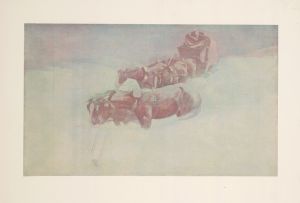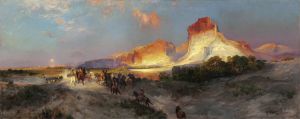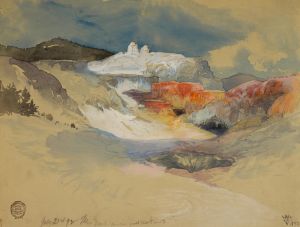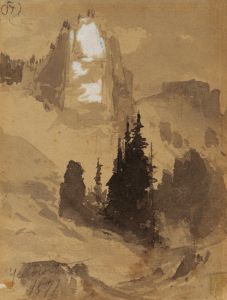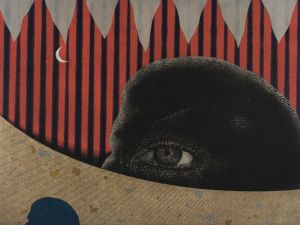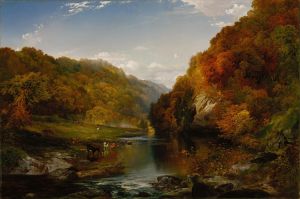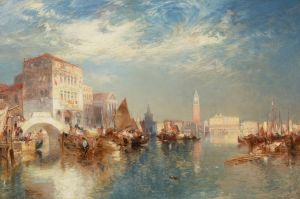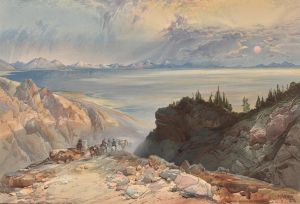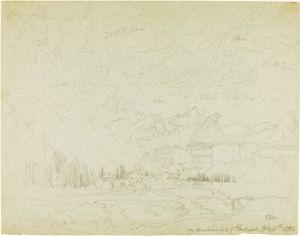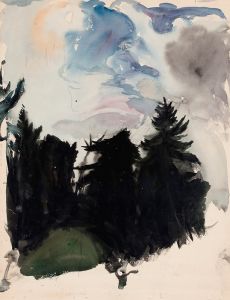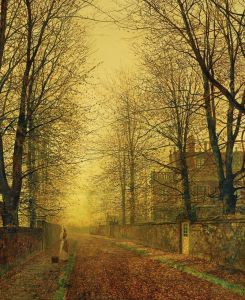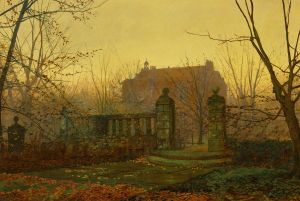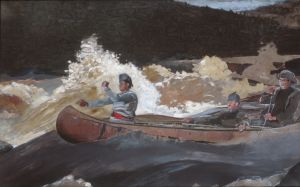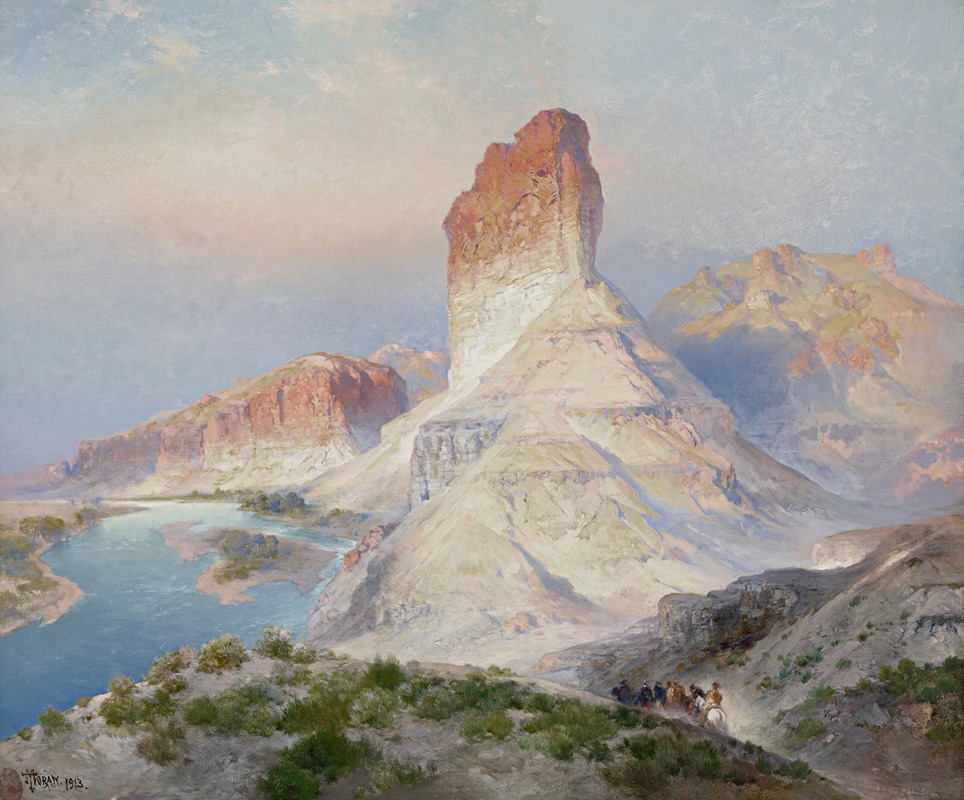
The Castle Rock, Green River, Wyoming
A hand-painted replica of Thomas Moran’s masterpiece The Castle Rock, Green River, Wyoming, meticulously crafted by professional artists to capture the true essence of the original. Each piece is created with museum-quality canvas and rare mineral pigments, carefully painted by experienced artists with delicate brushstrokes and rich, layered colors to perfectly recreate the texture of the original artwork. Unlike machine-printed reproductions, this hand-painted version brings the painting to life, infused with the artist’s emotions and skill in every stroke. Whether for personal collection or home decoration, it instantly elevates the artistic atmosphere of any space.
"The Castle Rock, Green River, Wyoming" is a painting by the renowned American artist Thomas Moran, completed in 1881. Thomas Moran was a pivotal figure in the Hudson River School, a mid-19th century American art movement embodied by a group of landscape painters whose aesthetic vision was influenced by romanticism. Moran is particularly noted for his depictions of the American West, which played a significant role in the creation of the national parks and the popularization of the region's natural beauty.
This particular painting captures the striking geological formation known as Castle Rock, located in Green River, Wyoming. The Green River area was a popular subject for Moran, who was captivated by its unique and dramatic landscapes. Castle Rock itself is a prominent feature, characterized by its towering, rugged cliffs and its resemblance to a fortress or castle, which is likely how it earned its name.
Moran's work is celebrated for its vivid use of color and light, and "The Castle Rock, Green River, Wyoming" is no exception. The painting showcases Moran's ability to convey the grandeur and majesty of the American West. His use of light and shadow creates a dynamic composition that highlights the natural beauty of the rock formation and its surrounding landscape. The painting reflects Moran's skill in capturing the atmospheric effects and the vastness of the Western terrain.
The painting was created during a period when Moran was actively involved in expeditions to the American West. His travels were often in conjunction with geological surveys and expeditions, which provided him with the opportunity to explore and document the landscapes that would become the subjects of his most famous works. These expeditions were crucial in shaping Moran's artistic vision and contributed to the growing interest in the American West during the late 19th century.
Moran's paintings, including "The Castle Rock, Green River, Wyoming," played a significant role in influencing public perception of the American West. His works were instrumental in the establishment of Yellowstone National Park, as they were used to persuade Congress of the area's unique beauty and the need for its preservation. Moran's art provided a visual representation of the West that was both romantic and awe-inspiring, capturing the imagination of the American public and contributing to the nation's cultural heritage.
Today, Thomas Moran's paintings are held in high regard and are featured in numerous public and private collections. His work continues to be celebrated for its artistic merit and its historical significance in the context of American art and the conservation movement. "The Castle Rock, Green River, Wyoming" remains an exemplary piece that showcases Moran's mastery of landscape painting and his enduring legacy as one of America's foremost artists of the 19th century.





